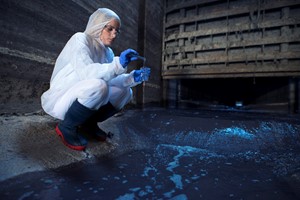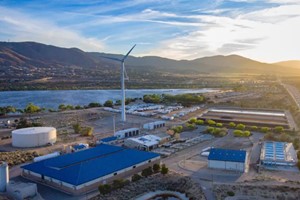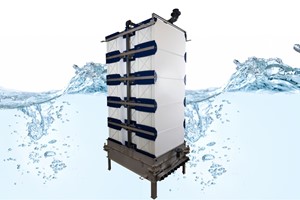Per- and polyfluoroalkyl substances (PFAS) have become a prominent environmental concern due to their persistence and potential health risks. At WEFTEC 2024, industry experts discussed their strategies for addressing this challenge.
The Surface Finishing Industry's Approach
The National Association of Surface Finishers (NASF) has been actively involved in addressing PFAS contamination. Historically, the industry relied on PFAS-based fume suppressants, but is now transitioning to PFAS-free alternatives. One promising strategy is to adopt trivalent chromium processes, which eliminate the need for fume suppressants altogether.
However, the industry faces significant regulatory challenges, including upcoming Effluent Limitation Guidelines (ELG) for PFAS. The NASF is providing resources and support to its members, such as a PFAS resource center and a sampling analysis plan. Additionally, the organization is working with automotive original equipment manufacturers (OEMs) to transition to trivalent chromium processes.
A Solid Waste Industry Perspective
The solid waste industry also plays a crucial role in PFAS management. John Davis, director of environmental protection at Waste Management, emphasized the industry's commitment to reducing PFAS in the environment. The industry is implementing restrictions on PFAS-containing waste and investing in innovative treatment technologies.
However, the regulatory landscape for PFAS is complex and evolving, with varying regulations at the state and local levels. This creates challenges for companies operating in multiple jurisdictions.
The Air Force's PFAS Mitigation Efforts
The United States Air Force has a long history of using PFAS-containing firefighting foams, resulting in widespread contamination. The Air Force is taking a multifaceted approach to address this issue, including transitioning to PFAS-free foams, conducting research, and implementing innovative treatment technologies.
David Kempisty, director of research and development at ECT2, shared a case study of a successful PFAS remediation project at an Air Force installation. The project involved a two-week treatability study and the use of granular activated carbon and ion-exchange resin.
By Jesse Osborne














